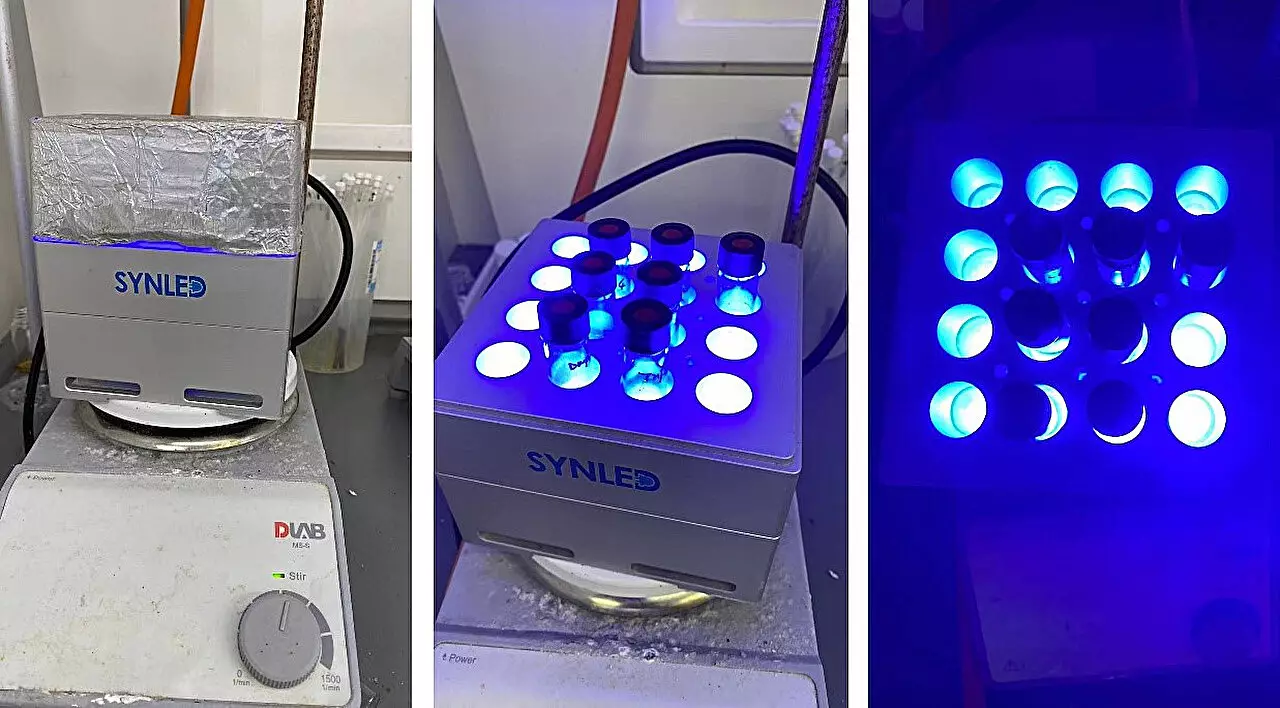At the forefront of scientific innovation, a recent breakthrough from the National University of Singapore (NUS) is poised to transform the landscape of carbohydrate synthesis. Researchers led by Associate Professor Koh Ming Joo have unveiled a novel biomimetic method that could eliminate the cumbersome and inefficient protective group chemistry traditionally employed in this field. Rather than relying on intricate multi-step processes, this innovative approach promises to simplify glycosylation, a critical reaction in the creation of glycosides and glycoproteins, making it not only more efficient but also environmentally friendly. The implications of this advancement extend across various industries, including pharmaceuticals, cosmetics, and biotechnology, providing a new frontier for research and development.
The Essence of Carbohydrates in Biological Systems
Carbohydrates are essential biomolecules, frequently overlooked compared to proteins and nucleic acids, yet they play crucial roles in biological recognition processes and cellular interactions. The ability to modify these compounds can yield substances with enhanced biological activities, thus amplifying their potential therapeutic applications. Historically, the challenges inherent in carbohydrate synthesis have stifled the progress of glycoscience. The methods used to create C-glycosyl compounds—known for their metabolic stability—have been particularly complex, further complicating their application in clinical settings. The demand for efficient, high-yield synthetic strategies has driven intense research in this area, and the current study addresses this need headlong.
The Challenges of Traditional Synthesis
For decades, synthetic chemists have grappled with the inherent complexities of carbohydrate structure, characterized by multiple hydroxyl groups that exhibit similar reactivity. The conventional approach relies heavily on protective group strategies, creating a web of complications that often leads to excessive waste and unnecessary steps. These methods pose not only economic but also environmental burdens, given the waste generated from reagents and solvents that are often implicated in traditional carbohydrate synthesis. The recognition of these inefficiencies has fueled the search for alternative methodologies that can streamline the process while maintaining biocompatibility. The frustration around these barriers is palpable among researchers, emphasizing the necessity of a disruptive technique that can redefine the landscape of glycosylation.
Biomimicry: Nature as a Template for Innovation
Drawing inspiration from nature, the NUS research team crafted a process that mimics the highly selective actions of enzymes known as glycosyltransferases. These natural catalysts deftly facilitate glycosylation without the need for extensive protective measures, guiding the researchers toward their biomimetic strategy. By focusing on the anomeric carbon of native sugars, the team introduced a novel process involving the thiolation of sugars, forming a thioglycoside intermediate. This unique intermediate is subsequently subjected to a light-induced transformation that triggers cross-coupling, effectively generating glycosyl compounds in a single, efficient step. This breakthrough not only exemplifies the power of biomimicry in chemical innovation but also showcases the potential of applying biological principles to complex synthetic challenges.
Broad Applications and Future Implications
The versatility of the ‘cap and glycosylate’ approach unveiled by the NUS team has significant ramifications beyond small molecules. Their work extends to complex biomolecules and proteins, addressing long-standing challenges in post-translational chemical glycosylation, which has previously remained largely uncharted territory. Demonstrating the effectiveness of the method, researchers achieved successful C-glycosylation of various proteins, highlighting the technique’s adaptability to different structural configurations. This breakthrough opens previously unexplored avenues for modifying biomolecules, enhancing their functionality and effectiveness in therapeutic contexts.
A New Era for Drug Development
The implications of efficiently creating glycosides and glycoproteins are immense, particularly in drug development. With the capacity to generate diverse sugar-based therapies, researchers are now poised to explore a wide spectrum of therapeutic applications. The simplistic nature of this method could revolutionize the introduction of unprotected glycosyl groups into biological systems, thus lowering barriers to research entry. The technology promises not only to save time and reduce costs but also to provide a scalable platform for rapid exploration of carbohydrate-based products. Assoc Prof Koh’s vision of modernizing carbohydrate synthesis lays the groundwork for an accelerated pace in the development of innovative therapeutics that can potentially address unmet medical needs.
The culmination of this significant research highlights an essential evolution in synthetic chemistry, with biomimetic approaches coming to the forefront. The synergy between nature and chemistry offers an inspiring blueprint for future innovations, setting an ambitious agenda for researchers looking to harness the untapped power of carbohydrates in medicine and beyond.

